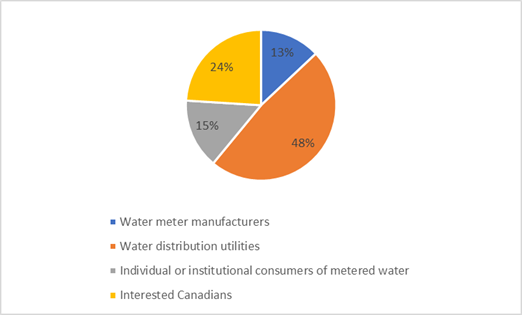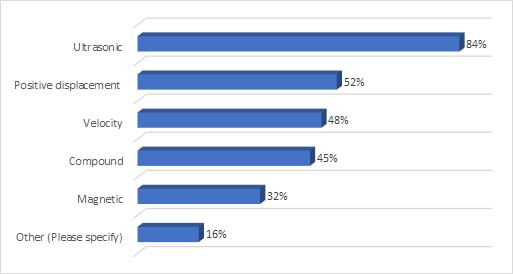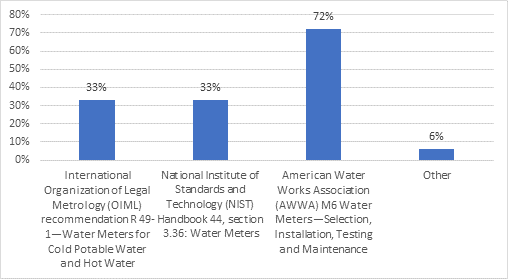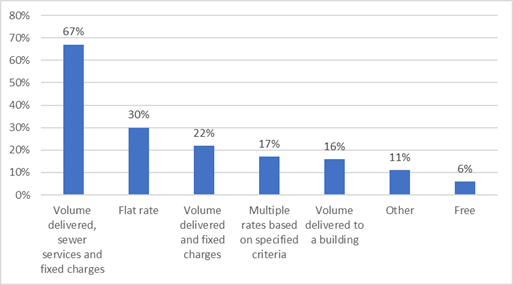Introduction
Access to clean, sustainable supplies of water is essential to all Canadians. This is why the Government of Canada has introduced initiatives and programs to reduce water use and support Canadians to lessen their impact on climate change. Programs such as the Investing in Canada Infrastructure Program and the Canada Community-Building Fund (formerly known as the Gas Tax Fund) provide funding to help municipalities update their infrastructure, including replacing water meters or installing new ones within their systems to help control water loss and promote sustainable water use.
Measurement Canada is an agency of Innovation, Science and Economic Development Canada. It is responsible for ensuring accuracy in the selling of measured goods, developing and enforcing the laws related to measurement accuracy, approving and inspecting measuring devices and investigating complaints of suspected inaccurate measurement. Measurement Canada fulfills its mandate by enforcing the Weights and Measures Act and its associated regulations.
Currently, under the Weights and Measures Regulations, water meters are exempt from requiring approval and initial inspection before they are used to determine a customer's water consumption, unlike grocery scales, gas pumps and other devices used in trade to measure goods or services sold and bought on the basis of measurement (known as trade measurement).
Who we heard from
The consultation was launched on August 10, 2021, and closed on November 21, 2021, at which time a total of 241 respondents had participated in the consultation. The majority of participants (61%) indicated they were responding on behalf of an organization, with 48% responding on behalf of a municipal or regional water distribution utility.
Figure 1: Stakeholder categories

What we heard
The consultation was focused on hearing from four stakeholder categories: water meter manufacturers, water distribution utilities, consumers and interested Canadians. Measurement Canada engaged with stakeholders to cover topics such as:
- types and quantities of water meters manufactured
- how, when and to what standards were water meters tested
- billing practices and complaints
Overall, respondents welcomed the opportunity to provide feedback.
Types and quantities of water meters manufactured
Figure 2: Types of meters manufactured

- 84% of manufacturers produce ultrasonic water meters compared to only 52% manufacturing positive displacement water meters.
- 67% of manufacturers forecast to produce over 10,000 water meters every year.
- 85% of utilities use positive displacement water meters in their network, while 59% use magnetic meters, 58% use compound meters and 38% use ultrasonic meters.
- 41% of utilities indicated that ultrasonic water meters had the longest lifespan (16 to 20 years).
- 13% of utilities stated that positive displacement water meters had an expected lifespan of under 10 years.
- More than half of utilities (54%) are looking to upgrade their metering infrastructure in the next 5 years.
Testing standards
Figure 3: Testing standards used by manufacturers

- American Water Works Association (AWWA) M6 Water Meters–Selection, Installation, Testing and Maintenance is used by 72% of meter manufacturers and 67% of utilities.
- 95% of manufacturers and utilities indicated they test meter quality before meters are put in service.
- Utilities reported that they test 95% of meters before they are put in service, 21% while in service, 16% on a set schedule or at the end of the meter's lifespan. An additional 16% of utilities indicated "other", with most commenting that they test meters on a complaint basis.
Billing practices
Figure 4: Billing method reported by utilities

- 93% of utilities do not plan to add a fee or charge related to climate change or water conservation within the next three years.
- Among the utilities:
- the majority (67%) charge for volume delivered, sewer services and fixed charges
- one third (30%) charge a flat rate
- 22% charge for volume delivered and fixed charges
- 17% charge multiple rates based on specified criteria
- 16% charge for volume delivered to a building
- 6% do not charge any fee
Next steps
We would like to thank all respondents for completing the questionnaire. We will use the data and comments received to inform possible areas that would allow us to help manufacturers, utilities and end users support and promote water conservation through increased accurate measurement of water use.
We are committed to working closely with industry by supporting and fostering innovations while monitoring the requirements that other countries have developed as well as advances and innovations in metering technologies.
Our goal is also to ensure that water distribution utilities can use measurement to quickly identify and correct water loss in their systems, and that consumers receive accurate and reliable measurement, as well as protection against unfair measurement practices and fraud.
